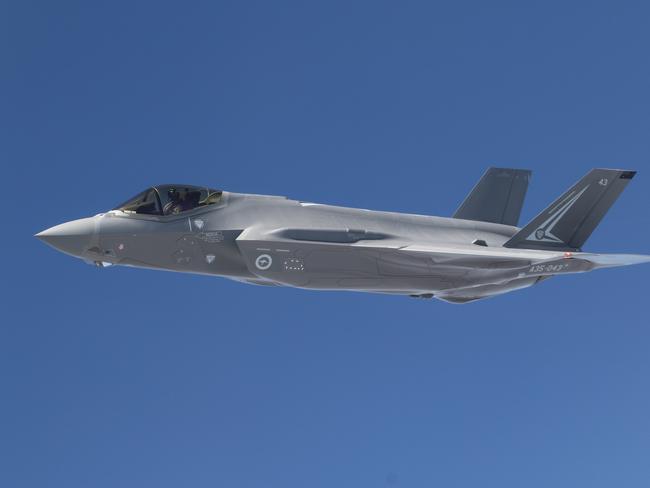
F-35As to come late but with upgrades
The US manufacturer of the F-35A stealth fighters – Lockheed Martin – has halted deliveries of the aircraft to the RAAF until new software to support fleet upgrades can be certified.

The US manufacturer of the F-35A stealth fighters – Lockheed Martin – has halted deliveries of the aircraft to the RAAF until new software to support fleet upgrades can be certified.
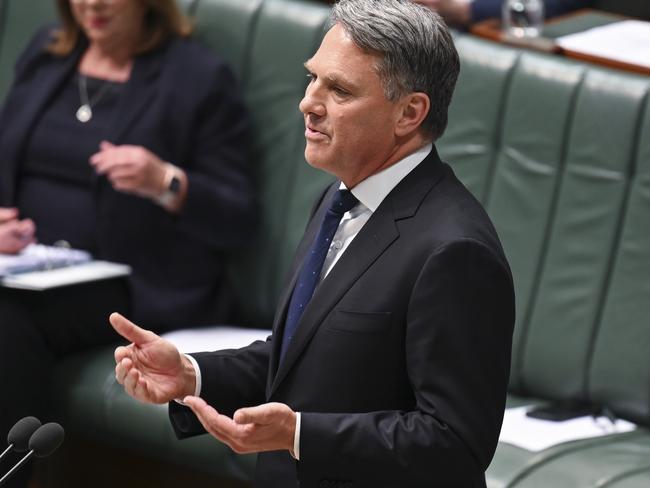
Defence’s spending plans far outstrip its income. Champagne taste on a beer budget – pick your metaphor – the bottom line is Defence can’t afford everything it wants.
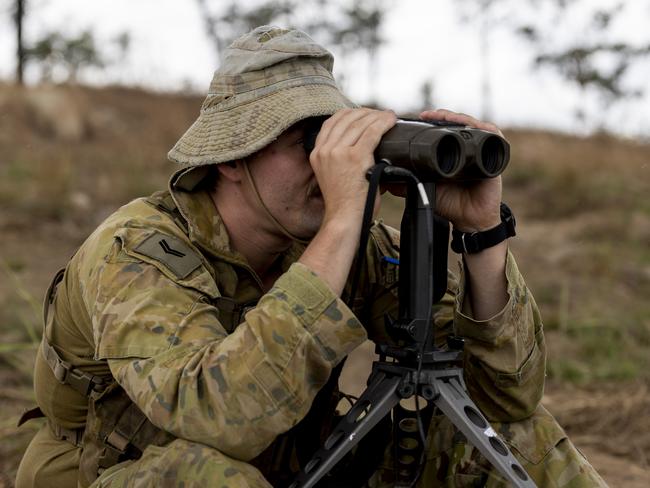
Defence needs experienced partners who understand the full gamut of positional, navigation and timing technology and who can deliver turnkey solutions that are battlefield proven.
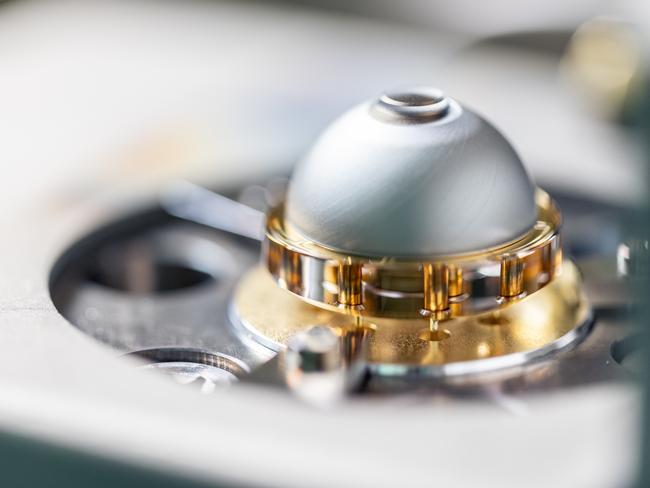
SAFRAN has developed what it believes is a game changer. The hemispherical resonator crystal gyroscope has no moving parts so is maintenance-free.

Australia has many companies with strong capabilities that address effective counter-drone solutions.
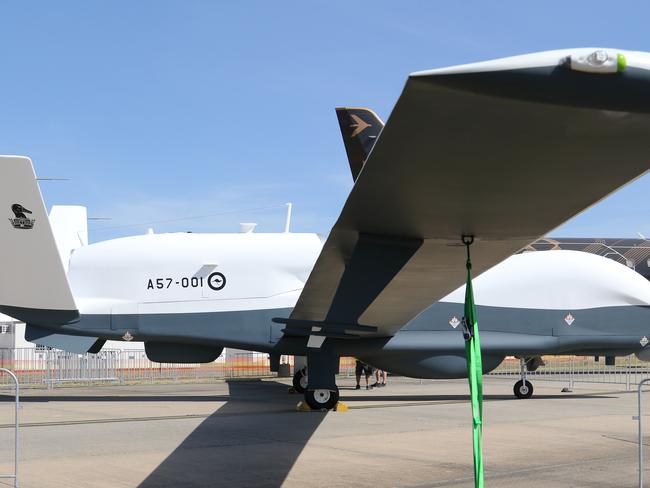
Australia has ordered a fourth Northrop Grumman MQ-4C Triton unmanned maritime surveillance aircraft, despite the US Navy recently slashing its own acquisition program.

Australia has 12 Boeing P-8A Poseidon manned maritime surveillance and response aircraft, and with a further two on order, has influenced the design of the upgrades.
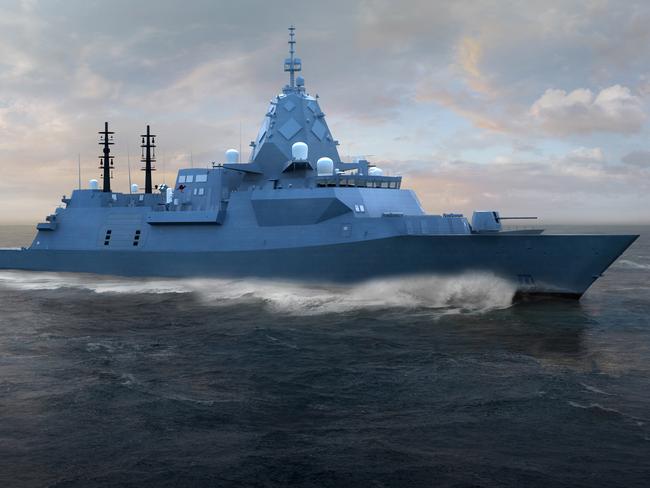
The Hunter-class frigate has been designed to accommodate emerging technologies, or enhance the warfighting effectiveness should there be a greater threat to our strategic environment.
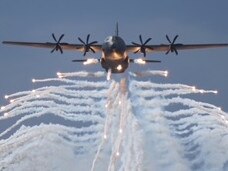
The RAAF is set to receive 20 new C-130J-30 Hercules towards the end of the decade, almost doubling its medium airlift fleet.
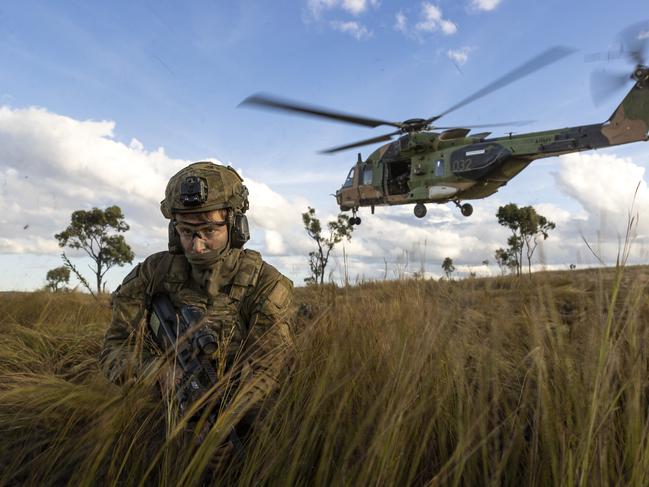
After a fatal accident during Exercise Talisman Sabre in July, Australia’s fleet of Taipan Multi-Role helicopters (MRH) has been retired early, leaving us with a capability gap. However, other countries continue to fly theirs.

Australia cannot be an indifferent bystander when Russia assaults the system of international security of which it is both an architect and guarantor.
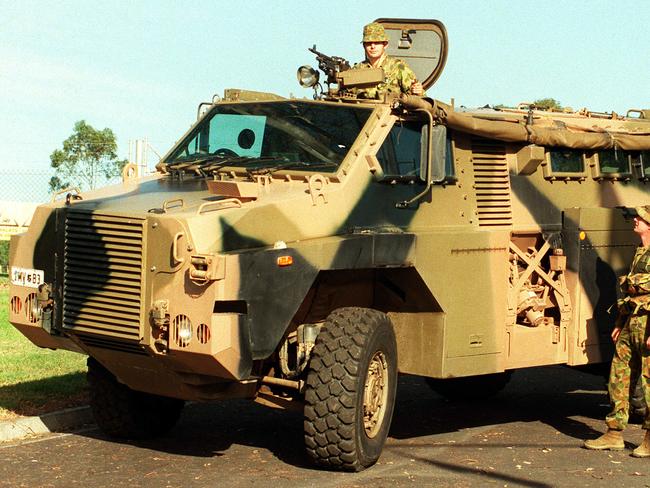
One of the next major defence acquisition programs to be accelerated under the recent DSR is a land-based maritime strike capability for the ADF.
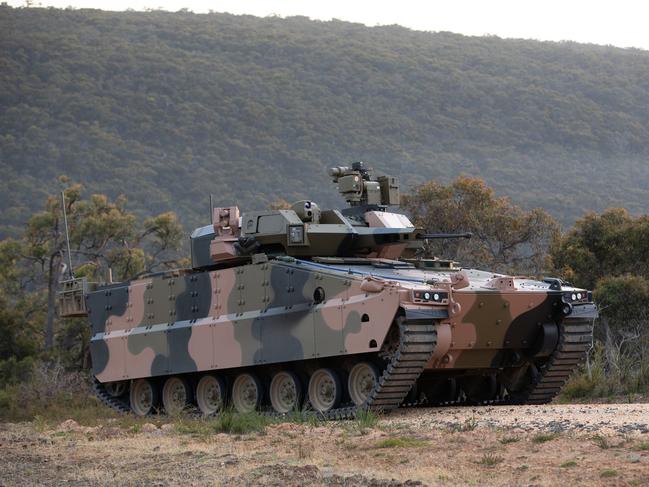
The selection of the tracked Hanwha Redback for LAND 400 Phase 3 has placed the company – and particularly its Australian subsidiary – in a strong position for follow-up orders.
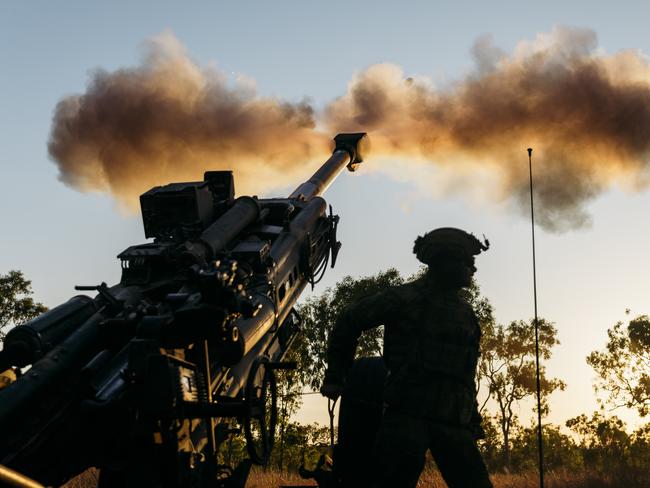
Despite a slow start, a plan to accelerate self-reliance for things such as guided missiles, bombs, rockets and rounds of various calibres is picking up the pace.
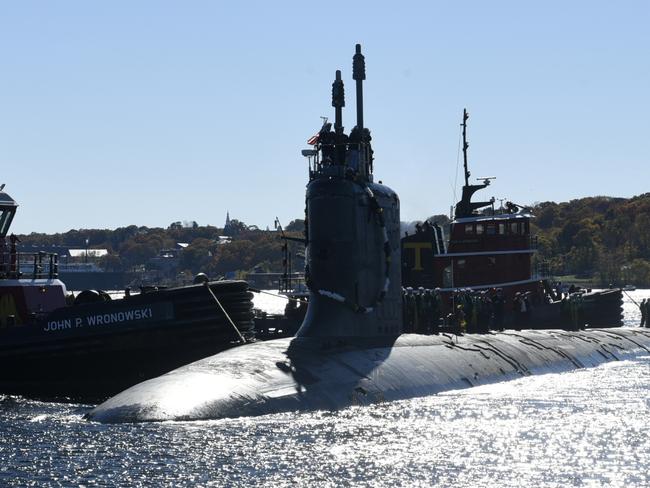
Listening to the Australian government and the local media, one would be entitled to think that it’s now a simple question of when will we receive nuclear-powered submarines, not if.

Historically, warfighting is carried out across the traditional domains of land, sea and air, but thinking has since evolved to include two further domains – space and cyber.
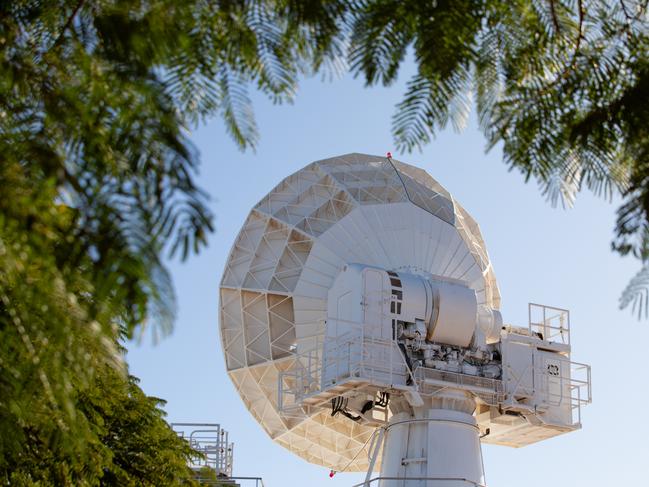
The space sector for military planners is growing internationally at a rapid rate, but Australia has just made a giant leap backwards.
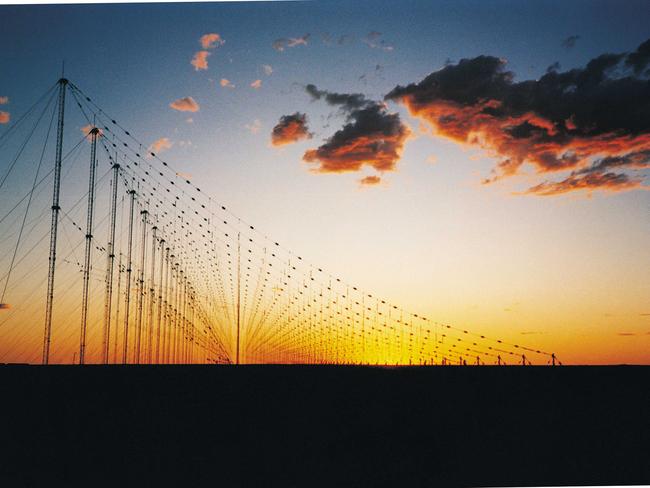
JORN – the Jindalee Operational Radar Network – one of the jewels in Australia’s technological crown, is now undergoing a $1.2bn technology upgrade.

An Australian company has developed the world’s first tool for analysing ‘cyber worthiness’ so planners can invest in protection where it is most needed.
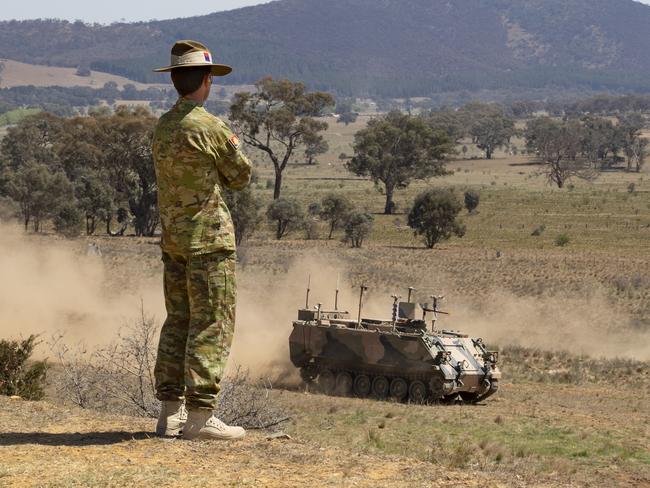
Pillar 2 of AUKUS identifies six ‘advanced capabilities’ which will be the focus of joint R&D and acquisition, and domains where Queensland has established leadership.

The authors of the DSR have bravely undertaken the task of creating within 18 months not just a new strategy but a new framework for creating strategic policy.
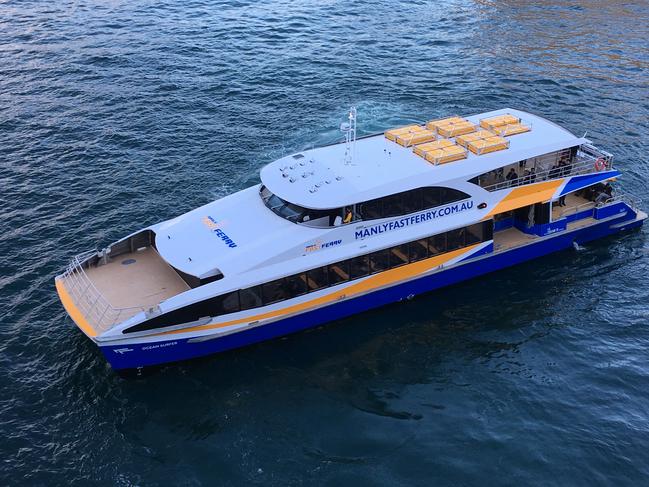
Recent revelations that China has launched multiple new civilian ferries that could be used as amphibious assault ships against Taiwan have caused consternation among some strategic analysts.
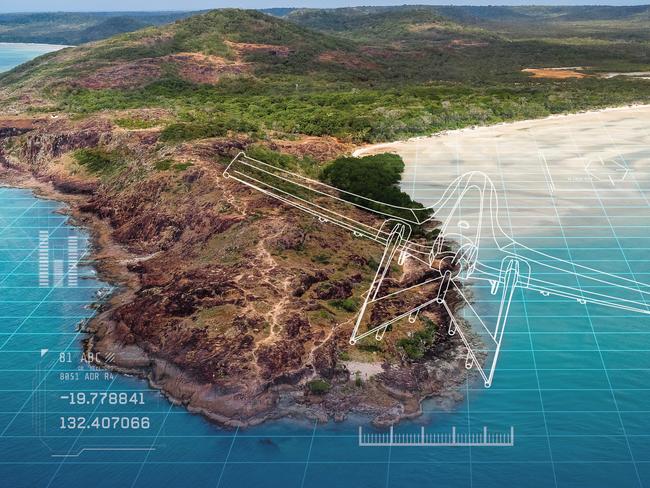
The security of Pacific nations is at risk in this new age of regional instability.
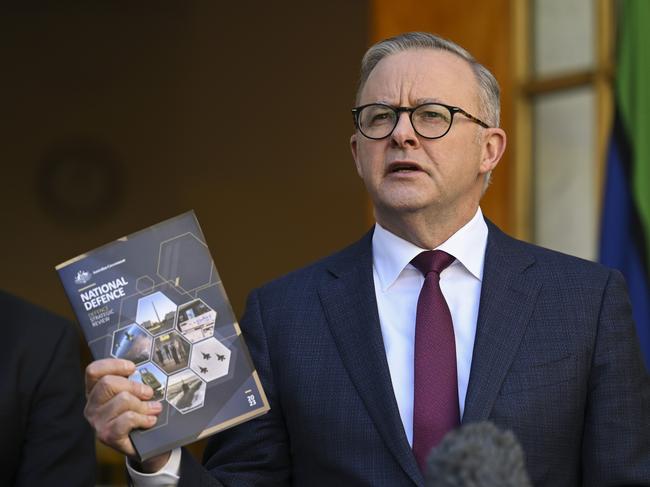
For a document that self-advertises as ‘the most substantial and ambitious approach to Defence … since the second World War’, the Defence Strategic Review is neither.

Rather than shortlisting two companies for a further round of studies in the acquisition of a communications satellite network, the Defence Department announced the winner was Lockheed Martin.

Defence must defend, justify and explain the capabilities it says it needs, not leaving the conventional wisdom to stand as the truth.
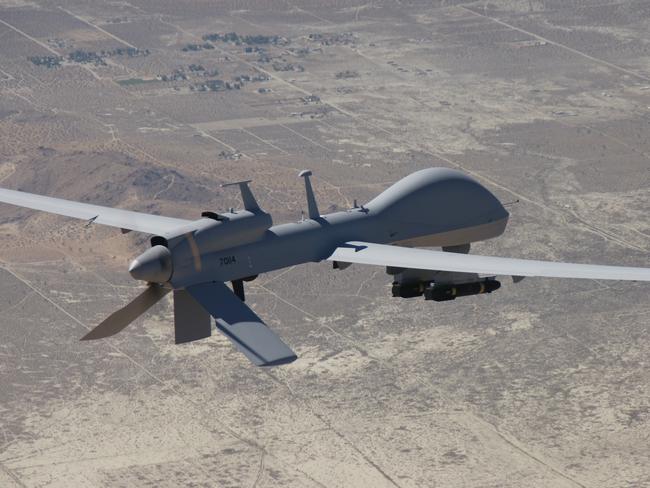
The DSR has provided a broad outline of the ADF’s force structure but there are still some large gaps that need to be filled in. Namely how long-range missiles can be directed towards their targets, especially if they are moving.
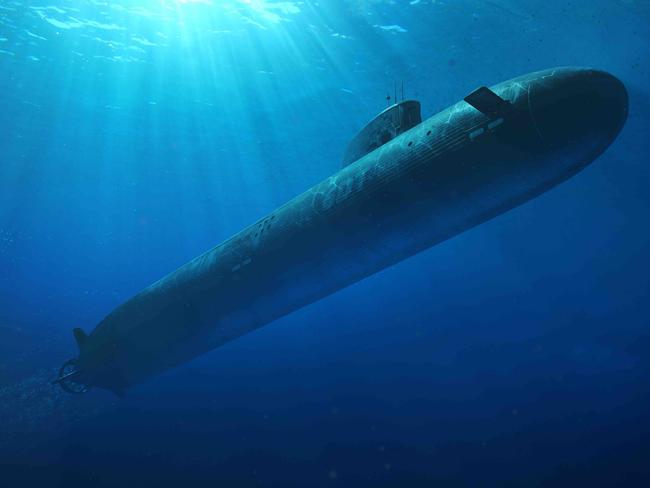
The DSR recommends urgent upgrades and development to Australia’s northern bases should begin immediately.
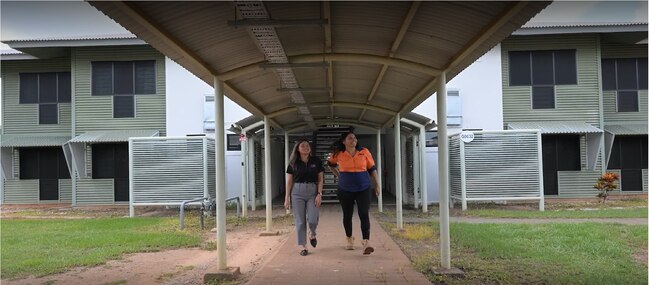
Defence partners are doubling down on strategies to support the fresh impetus around frontline concerns.
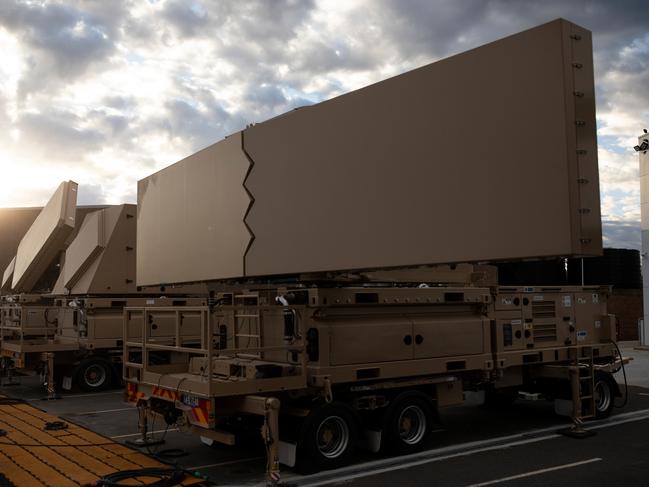
The chances of Australia becoming a global hub for developing integrated air and missile defence systems has just received a major blow.
Original URL: https://www.theaustralian.com.au/special-reports/defence/may-2022/page/3